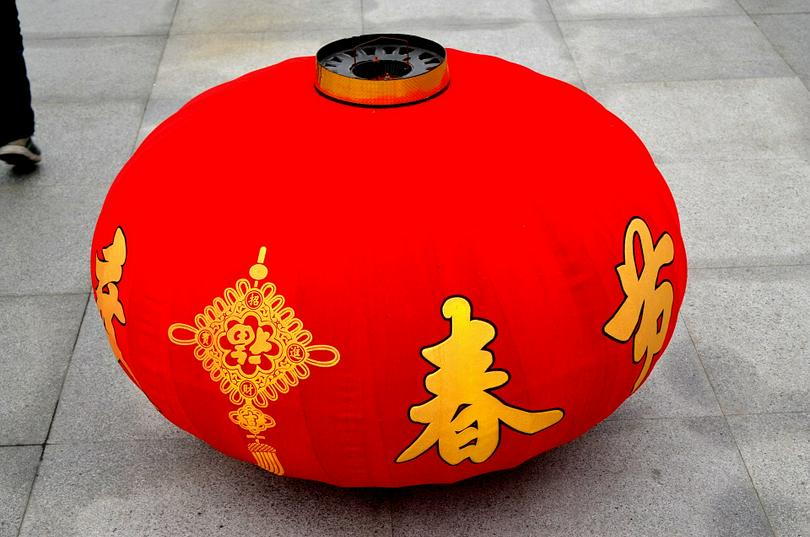On February 8, 2016, marks the start of a whole month celebration for Chinese New Year. For this upcoming annual and much-awaited celebration, there would be grand feasts, reunion with families, best practices or some adapted customs and traditions are also observed.
The importance is that we still remember and treasure the past but leave all things and the year behind; we need to focus more of what possibilities tomorrow will bring. Start anew.
There are customs and traditions that are no longer religiously followed but others still continue to observe it until today. Welcome the year of the monkey with these fun things to do in order to be prepared for the celebration.
Customary to Clean
Spring cleaning is important for this season. The idea is to sweep away evil spirits or bad luck lurking at home. It is ritually done as it is cleaning to get rid of the old and invites new and positive aura. In this case, it needs to be done before February 8 and not on the day itself. This is because you may sweep good luck.
Prosperity Symbols
For Chinese New Year celebration, bright colors such as red signify prosperity. It is believed to be a good luck if you have round objects prepared at your table. Another way of inviting good luck is hanging decorations with Chinese characters “Fu” which means good luck in front doors.
Lucky digs
According to beliefs, evil spirits are afraid of loud noises and red color. That is why people are encouraged to have the loud and bright celebration during this season. Children and unmarried members of the family will also be given “hong bao” or “ang bao” which means bringing of good vibes or luck.
Get-togethers
The very heart of this holiday is the relationship, especially with the family. Celebrating with the family is the highlight of this season. The family will enjoy eating together on New Year’s Eve which will be often preceded by offerings made for deities, ancestors and departed loved ones.

By Michelle GuanzonJanuary 30th, 2016
related articles
LATEST FROM Culture









